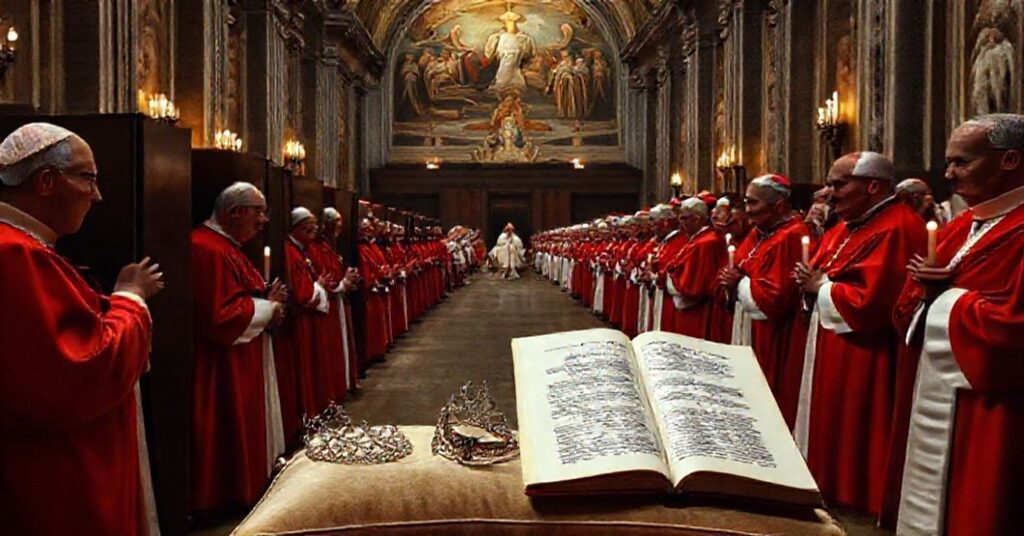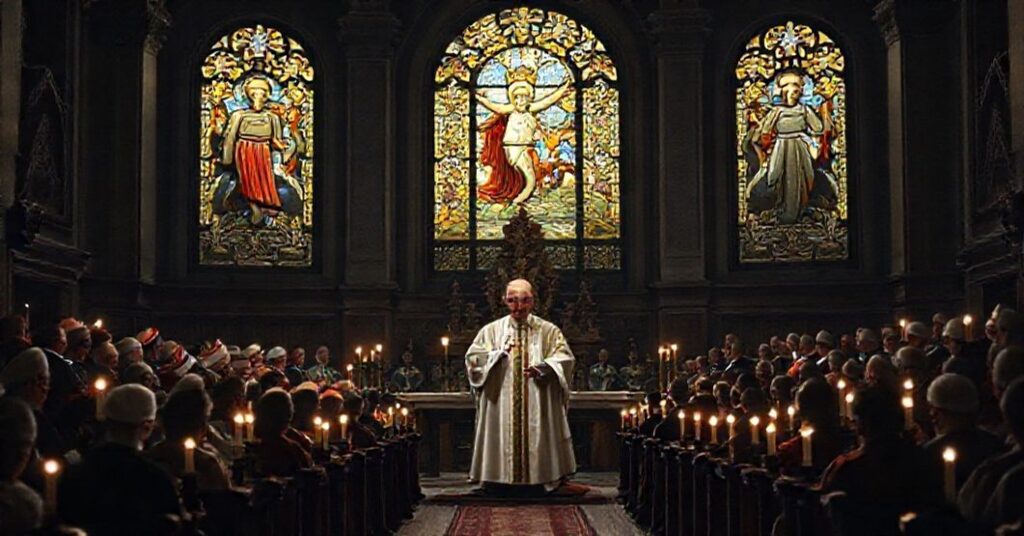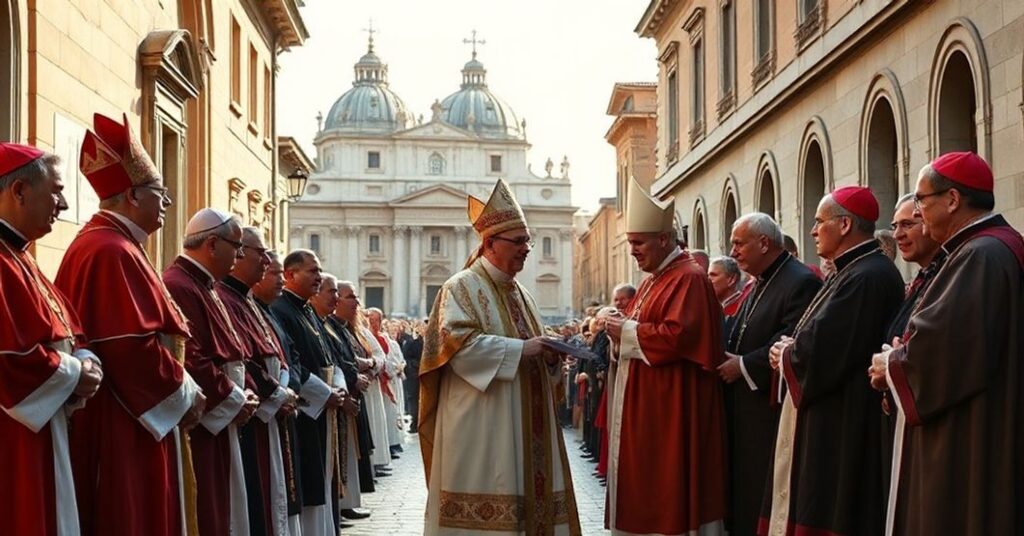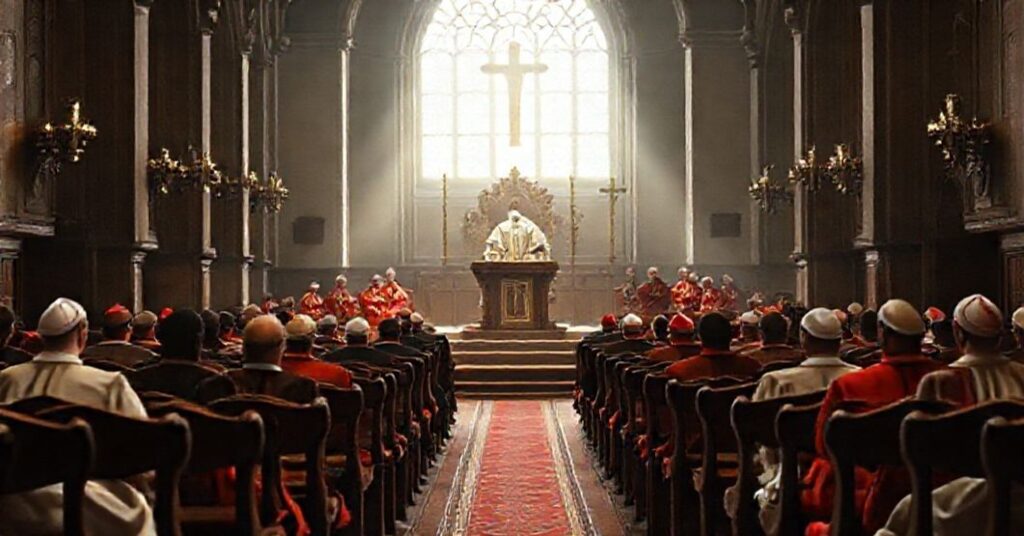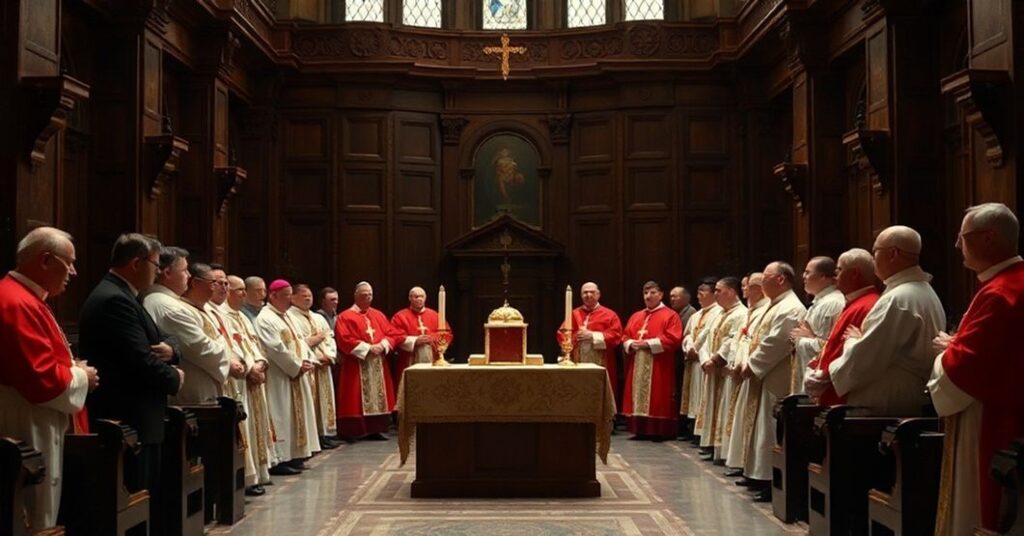Summi Pontificis electio (1962.09.05)
The document “Summi Pontificis electio,” issued by John XXIII on 5 September 1962, purports to modify and supplement the norms established by Pius XII’s apostolic constitution “Vacantis Apostolicae Sedis” (1945) concerning procedures during a papal interregnum and the election of a Roman Pontiff: it reiterates secrecy obligations, regulates images and recordings of a deceased pontiff, details funeral and burial discipline, clarifies the powers of the Camerlengo, refines conclave logistics, the role and oath of conclavists and officials, and confirms the two-thirds requirement for a valid election while adding bureaucratic provisions on documentation and communication control.
In reality, this text is a juridical mask: it preserves external ceremonial while preparing the apparatus by which a usurping, modernist structure secures and hides its own succession, weaponizing secrecy and legalism to enthrone an authority that no longer serves Christ the King but the conciliar revolution.

